Autonomous seafaring - Anschütz sets standards
Anschütz, the German market leader for navigation and bridge systems, has developed and successfully tested an automatic collision avoidance system (CAS) as part of the Kiel CAPTN initiative (see below for more information). The automation of vehicles in a busy sea area such as the Kiel Fjord posed a particular challenge, the true dimensions of which only become apparent in practical application. During the lengthy series of tests, however, the situation analyses and recommended actions of the CAS coincided with those of the navigators critically accompanying them - a good basis for the further development of autonomous navigation. The CAS is based on an algorithm that analyses the maritime situation using conventional sensor data (radar,...
Weiterlesen
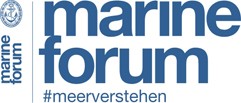
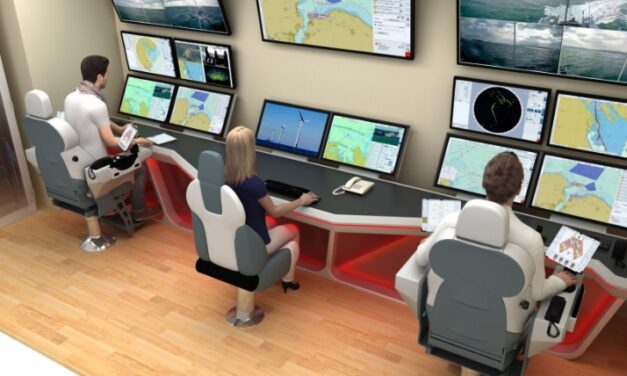
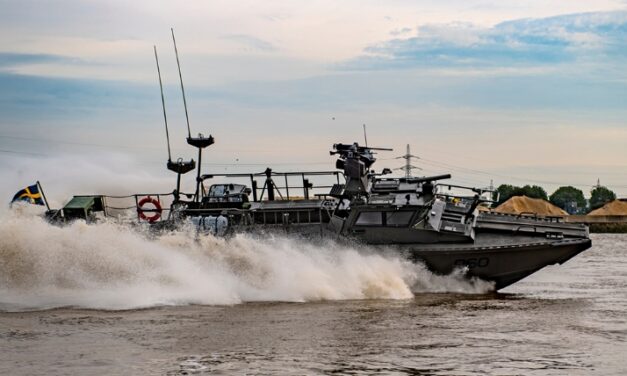
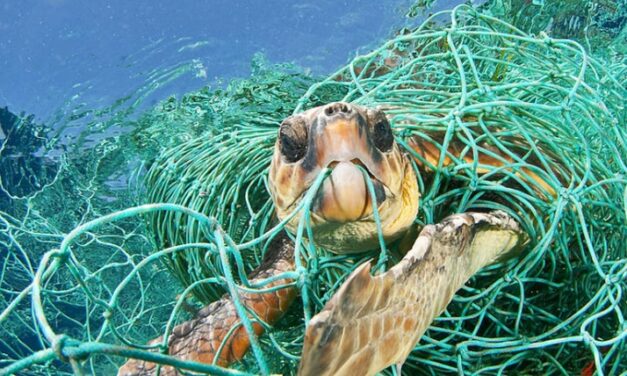
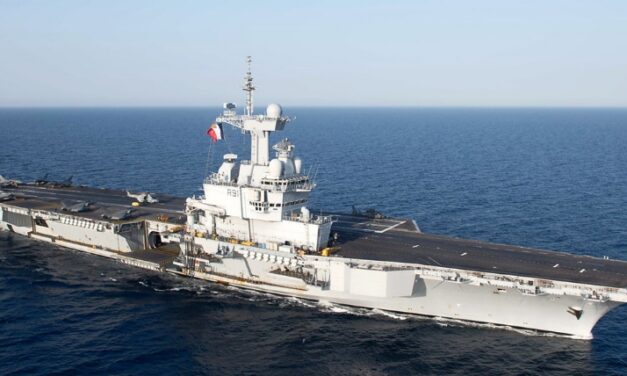
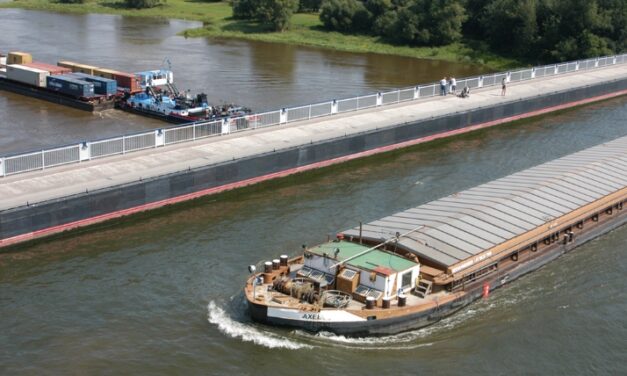
Latest comments